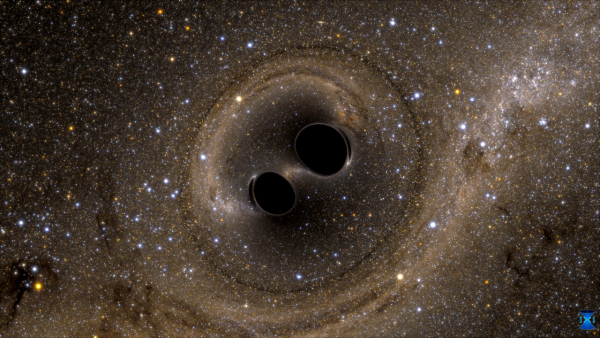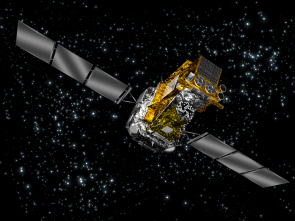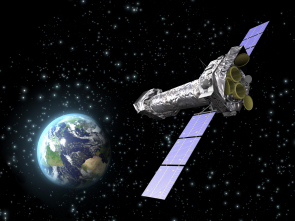ESA satellites supporting ground-based search for gravitational waves
 |
| Simulation of two black holes merging. Credit: SXS, the Simulating eXtreme Spacetimes (SXS) project (http://www.black-holes.org) |
Predicted by Einstein's general theory of relativity, gravitational waves remained elusive for about a century until the first observation, which was made on 14 September 2015. Very soon after this, more detections followed. The importance of this historic finding was acknowledged by the award of the 2017 Nobel Prize in Physics to the founding scientists of the LIGO experiment.
The experiments involved in this quest are the two LIGO gravitational wave detectors in Livingston, Louisiana and Hanford, Washington, USA, and the European Virgo experiment, based in Italy. These experiments use laser beams to monitor two perpendicular arms, each extending 4 km (3 km in the case of Virgo), to look for tiny changes in their length that might be caused by passing gravitational waves.
The first few observations revealed gravitational waves that were likely emitted by the merger of binary black holes. Scientists predict that these events release only gravitational waves but no light. However, there are other types of cosmic collision – for example, a pair of merging neutron stars, or the merger of a neutron star and a black hole – that are expected to radiate across the electromagnetic spectrum.
To confirm the nature of the sources detected by the LIGO/Virgo collaboration, a large group of astronomical observatories, both on ground and in space, as well as a number of particle physics experiments, are part of a worldwide network that lends a helping 'eye' to the gravitational wave scientists.
Whenever the LIGO/Virgo collaboration detects something of interest, observatories and experiments in this multi-messenger network respond with follow-up observations in a timely fashion. Their task is to point at the relevant portion of the sky, looking for possible counterparts to the gravitational waves at all frequencies, from gamma- and X-rays to radio waves, as well as possible increases in the flux of particles, like neutrinos or cosmic rays.
The two high-energy satellites in ESA's space science fleet, the INTErnational Gamma-Ray Astrophysics Laboratory (INTEGRAL) and the XMM-Newton X-ray space observatory, are part of this network.
 |
 |
| INTEGRAL. Credit: ESA | XMM-Newton. Credit: ESA |
With the Anti-Coincidence Shield on its SPI instrument, INTEGRAL is sensitive to gamma-rays coming from nearly all directions in the sky at any time during satellite operations (excluding when the spacecraft is at the apogee of its orbit). With a few hours' notice, the spacecraft teams can also schedule targeted follow-up observations, as it has happened already on several occasions in response to LIGO/Virgo triggers.
XMM-Newton can also be used for such target-of-opportunity observations. This is especially effective when the counterpart to the gravitational waves has been identified via observations at other wavelengths, so that its position in the sky is known and it is possible to point the telescope to and follow up on any possible X-ray emission, in the short as well as in the long term.
Although the time to respond to a gravitational wave alert can be short and the spacecraft operations challenging, there is a wealth of important information to be gained from these observations.
Regardless of whether they succeed or not in detecting the counterpart to the gravitational waves, the contributions of these ESA satellites allow astronomers to fine-tune their models to describe the various phenomena that give rise to the spacetime fluctuations. While a detection of such a counterpart provides them with conclusive evidence, a non-detection has also great value to set upper limits on the energy and other properties of the source.
The opening of the gravitational wave window on the cosmos marks the start of an exciting new era of astronomy – one which the workhorses of ESA's fleet are proud to be contributing to.
